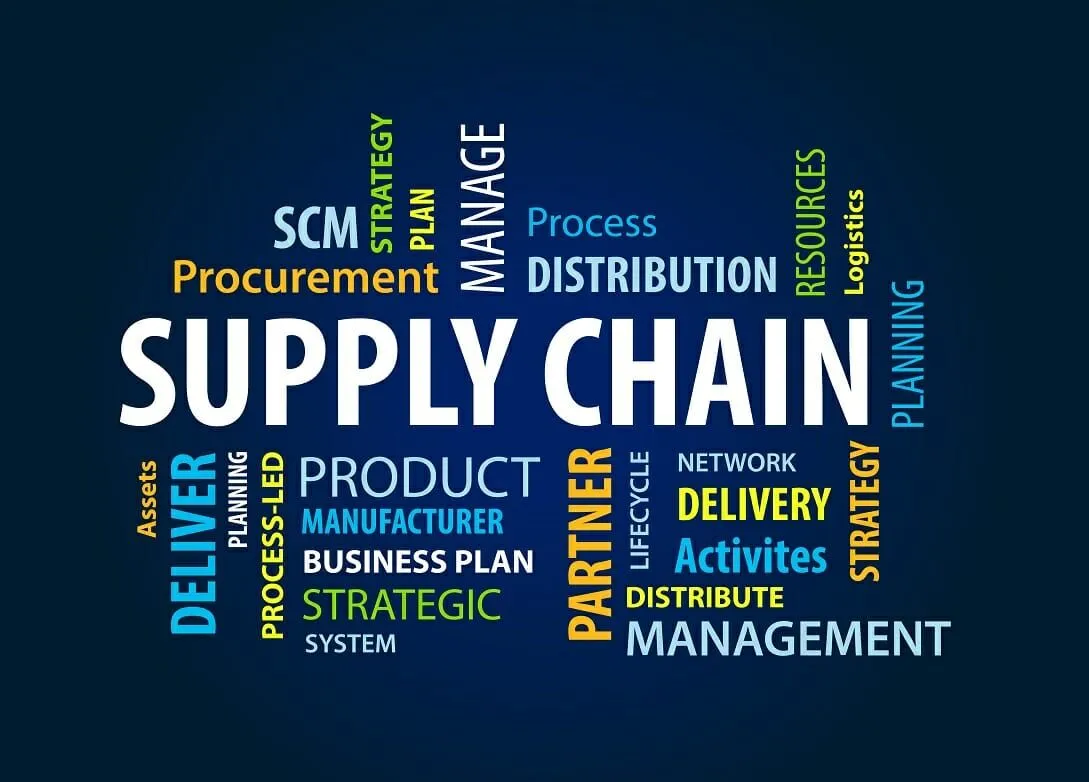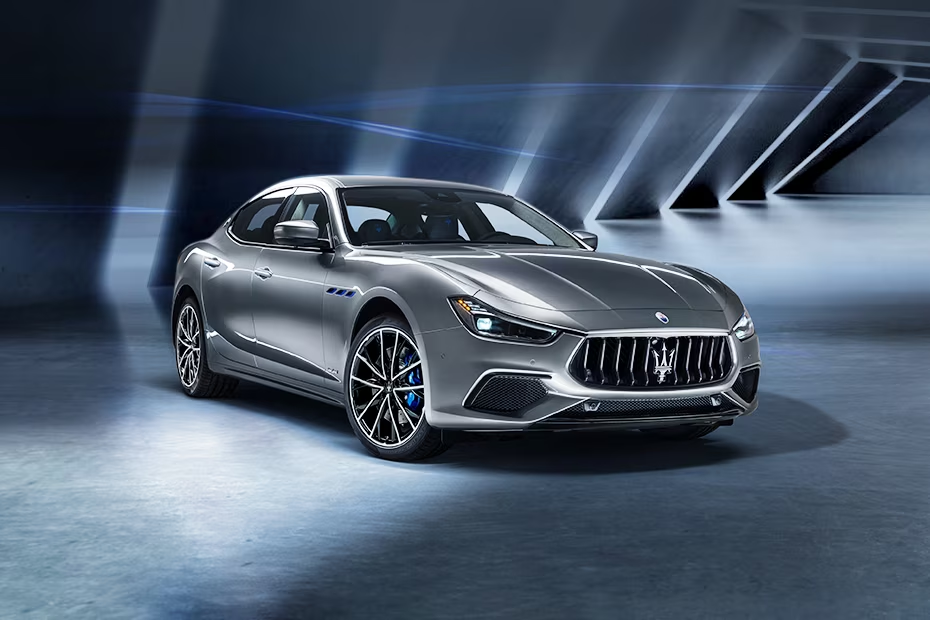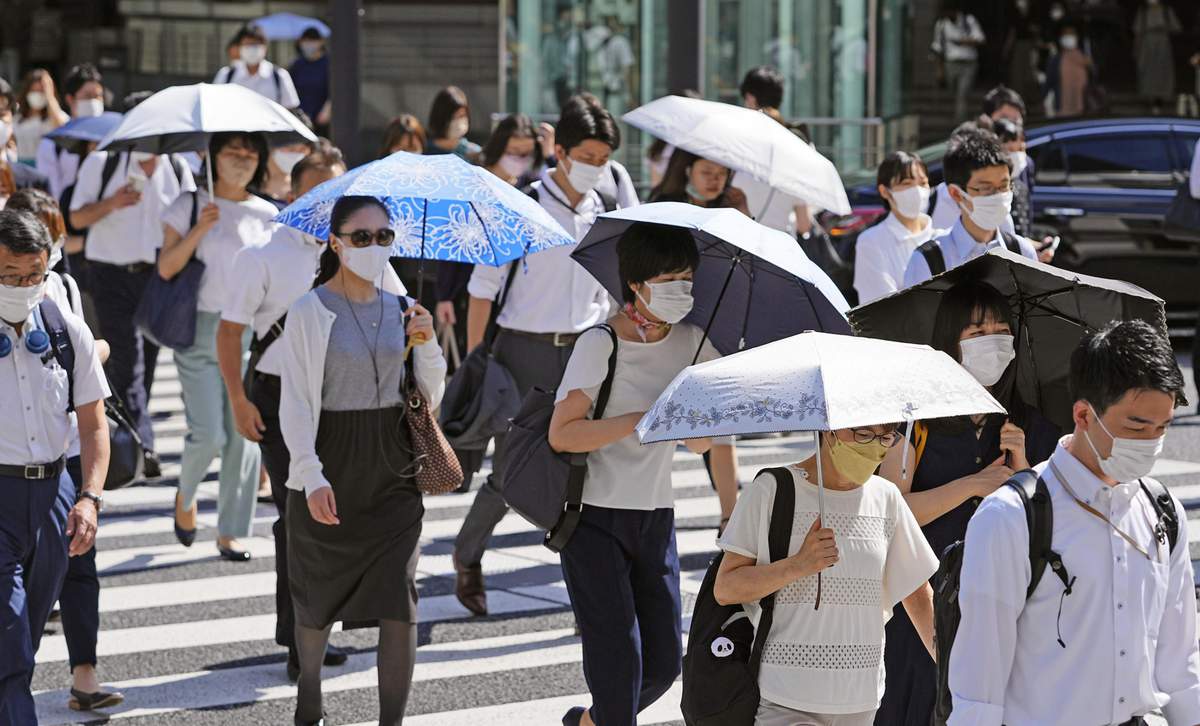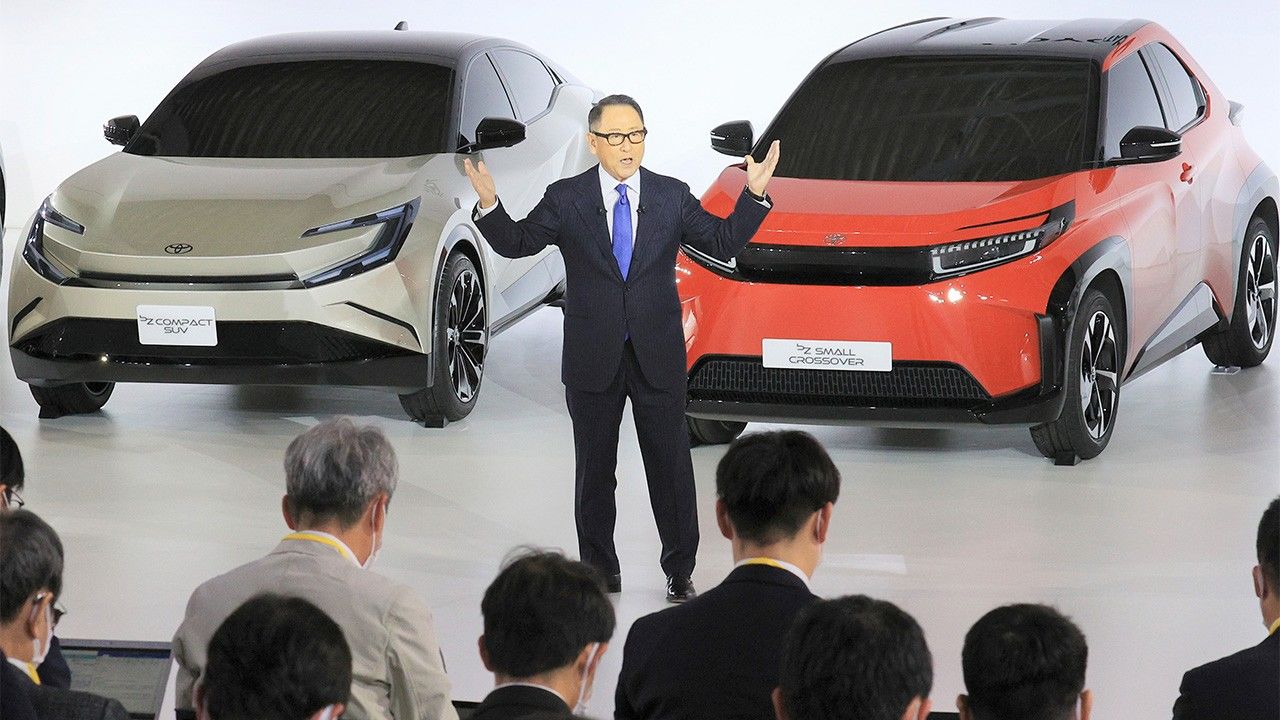Time in Japan:
1 USD = 131.29

Supply chain problems mean secondhand cars are not losing their value as fast as they usually do, industry experts say. A 2017 study found that new cars sold in New Zealand depreciated more than anywhere else in the world, with a 53.67 per cent drop in value within four years. According to financial advice website Moneyhub, the majority of cars (old and new) depreciate at least 10 per cent when you drive them off the lot, and then up to 15 per cent a year after that. But what has held true in the past may no longer be the case. Used 2020 models of some of New Zealand’s most popular cars are being auctioned on Trade Me for close to the same price as this year’s editions.
A big part of the problem is that there has been limited supply of 2021 vehicles across a range of brands. Toyota Hiluxes have a six-month waiting list and the 2021 Kia Sportage is sold out until 2022, according to the companies’ websites. Turners Group NZ chief executive Greg Hedgepeth said “unusual market conditions” were driving prices up.
“The residual values of cars are up 10 per cent across the board,” he said.
“That varies depending on what make or model the car might be. The high-demand models, some of the utilities, for example, are higher and some of the sedan models might be lower but on average it is about a 10 per cent lift on where it has been in the past.”
Hedgepeth said supply issues overseas were driving the retention of value in late-model used cars.
“Factories have shut down because of Covid-19, there is actually some component restrictions that are happening – microchip shortages that are preventing factories across a number of brands and continents from producing the volume that they would like,” he said. “That is exacerbated by the transport and shipping issues because, essentially, it is more expensive for a company to send a ship to New Zealand because of distance and Covid-19 parameters than it is to ship to Northern Europe or North America.”
It was not just new cars that were being affected, he said. The Japanese car market had not been as strong due to Covid-19 and other factors, including changes to rules on electronics safety.
“That means there are fewer cars available to buy at the auctions and to ship to New Zealand.”
Hedgepeth said there were 20 per cent fewer new cars coming into the market and 10 to 20 per cent fewer used cars.
“But on the flip side of that, demand is strong and the economy is going well. People have a bit more disposable income because they are not going overseas, so they are saying: OK, I can spend it on a new car,” he said.
“Demand is there but supply is restricted and that is pushing up the price of used vehicles in general.”
He expected the situation would remain constricted for the next 12 to 18 months.
Supply chain problems mean secondhand cars are not losing their value as fast as they usually do, industry experts say. A 2017 study found that new cars sold in New Zealand depreciated more than anywhere else in the world, with a 53.67 per cent drop in value within four years. According to financial advice website Moneyhub, the majority of cars (old and new) depreciate at least 10 per cent when you drive them off the lot, and then up to 15 per cent a year after that. But what has held true in the past may no longer be the case. Used 2020 models of some of New Zealand’s most popular cars are being auctioned on Trade Me for close to the same price as this year’s editions. A big part of the problem is that there has been limited supply of 2021 vehicles across a range of brands.
Toyota Hiluxes have a six-month waiting list and the 2021 Kia Sportage is sold out until 2022, according to the companies’ websites. Turners Group NZ chief executive Greg Hedgepeth said “unusual market conditions” were driving prices up. “The residual values of cars are up 10 per cent across the board,” he said. “That varies depending on what make or model the car might be. The high-demand models, some of the utilities, for example, are higher and some of the sedan models might be lower but on average it is about a 10 per cent lift on where it has been in the past.”
Hedgepeth said supply issues overseas were driving the retention of value in late-model used cars. “Factories have shut down because of Covid-19, there is actually some component restrictions that are happening – microchip shortages that are preventing factories across a number of brands and continents from producing the volume that they would like,” he said.
“That is exacerbated by the transport and shipping issues because, essentially, it is more expensive for a company to send a ship to New Zealand because of distance and Covid-19 parameters than it is to ship to Northern Europe or North America.” It was not just new cars that were being affected, he said. The Japanese car market had not been as strong due to Covid-19 and other factors, including changes to rules on electronics safety. “That means there are fewer cars available to buy at the auctions and to ship to New Zealand.”
Hedgepeth said there were 20 per cent fewer new cars coming into the market and 10 to 20 per cent fewer used cars. “But on the flip side of that, demand is strong and the economy is going well. People have a bit more disposable income because they are not going overseas, so they are saying: OK, I can spend it on a new car,” he said. “Demand is there but supply is restricted and that is pushing up the price of used vehicles in general.” He expected the situation would remain constricted for the next 12 to 18 months.
| Model | New | 2020 | Milage |
|---|---|---|---|
“To catch up on the volume that is missing from the new car factories and the situation in Japan, that will only come right in an extended period of time.”
Even with waiting lists and limited supply, 2021 has been a bumper year for new car sales. Motor Industry Association chief executive David Crawford said that April 2021 was the strongest April on record for sales of new vehicles, which were boosted by arrivals of new stock. In the year to date, the market is up 62.4 per cent (21,140 units) compared with the first quarter of 2020.
A more useful comparison was the first four months of 2018, the strongest year for new vehicle sales, Crawford said. Year-to-date registrations of 2021 sales were up 8.3 per cent (4196 units) on the first four months of 2018, largely due to long waiting lists being filled as shipments arrived, he said.




